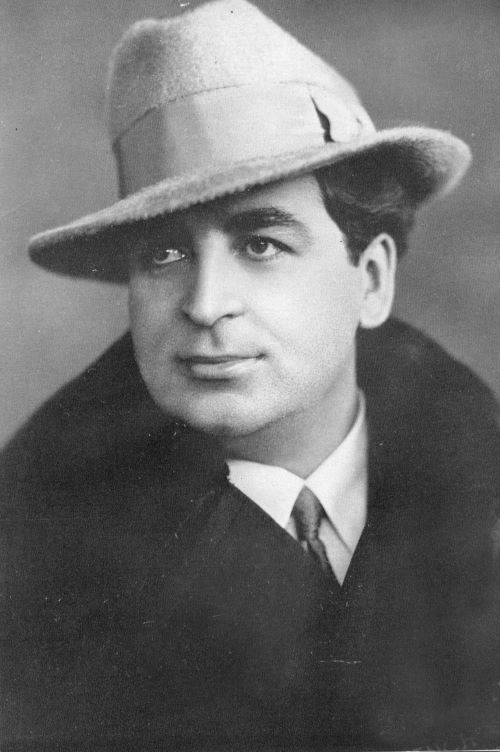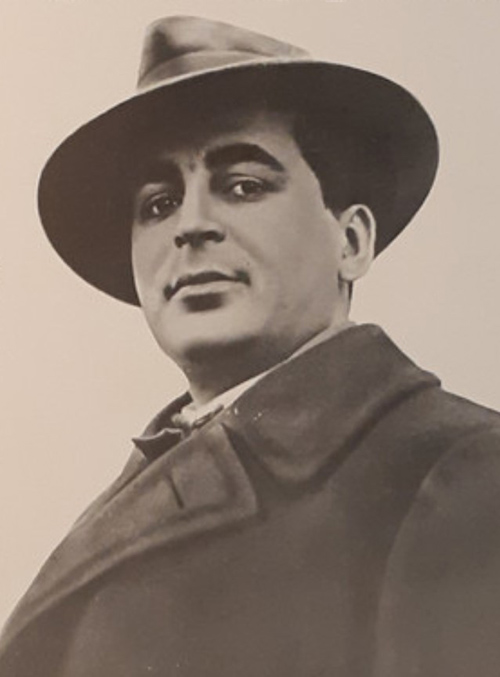He was born Pinchas Segal into a Sephardic family, which was pretty unusual in a typical Ukrainian shtetl (where most Jews
were Ashkenazim of course). As a teenager, he moved to Kyiv to live with his grandfather and to study in a Talmudic school, where his
teacher discovered his voice. So he enrolled in the Kyiv conservatory and studied voice and piano for four years.
In 1913, he made his debut as a cantor at the Great Choral Synagogue in Kyiv, but then sang opera with touring companies for a few years.
Drafted into the Red Army after the Bolshevik revolution, he was assigned to an artist brigade and asked to compose revolutionary songs
in Yiddish. As a result, he toured the Soviet Union with concerts of Yiddish folk songs; in that period, he chose his stage name Pierre
Pinchik.
In 1923, he became cantor at the Grand Choral Synagogue in Leningrad (St. Petersburg), which was one of the most coveted cantorial posts
in Russia. It didn't quite meet Pinchik's musical background, though: the congregation of that synagogue was accustomed to music in the
austere German-Jewish taste, pretty different from Pinchik's Sephardic style rich of ornaments and emotional outbursts. In 1925 or 1926,
Pinchik managed to get the permission to leave the country, and after concerts in various European cities went on a tour to the USA, where
he settled.
He never accepted a permanent contract and preferred to work as a free-lance, touring cantor, but was closely associated with the K'nesset
Israel Nusah S'fard Synagogue in Chicago. He quickly became one of the most influential US cantor-composers. He also toured South America
and Palestine. In 1937, he obtained the US citizenship.
Reference 1, reference 2: Menorah Records CD
liner notes
I wish to thank Igor Milner for the pictures and recordings, and for his help with the biography.

